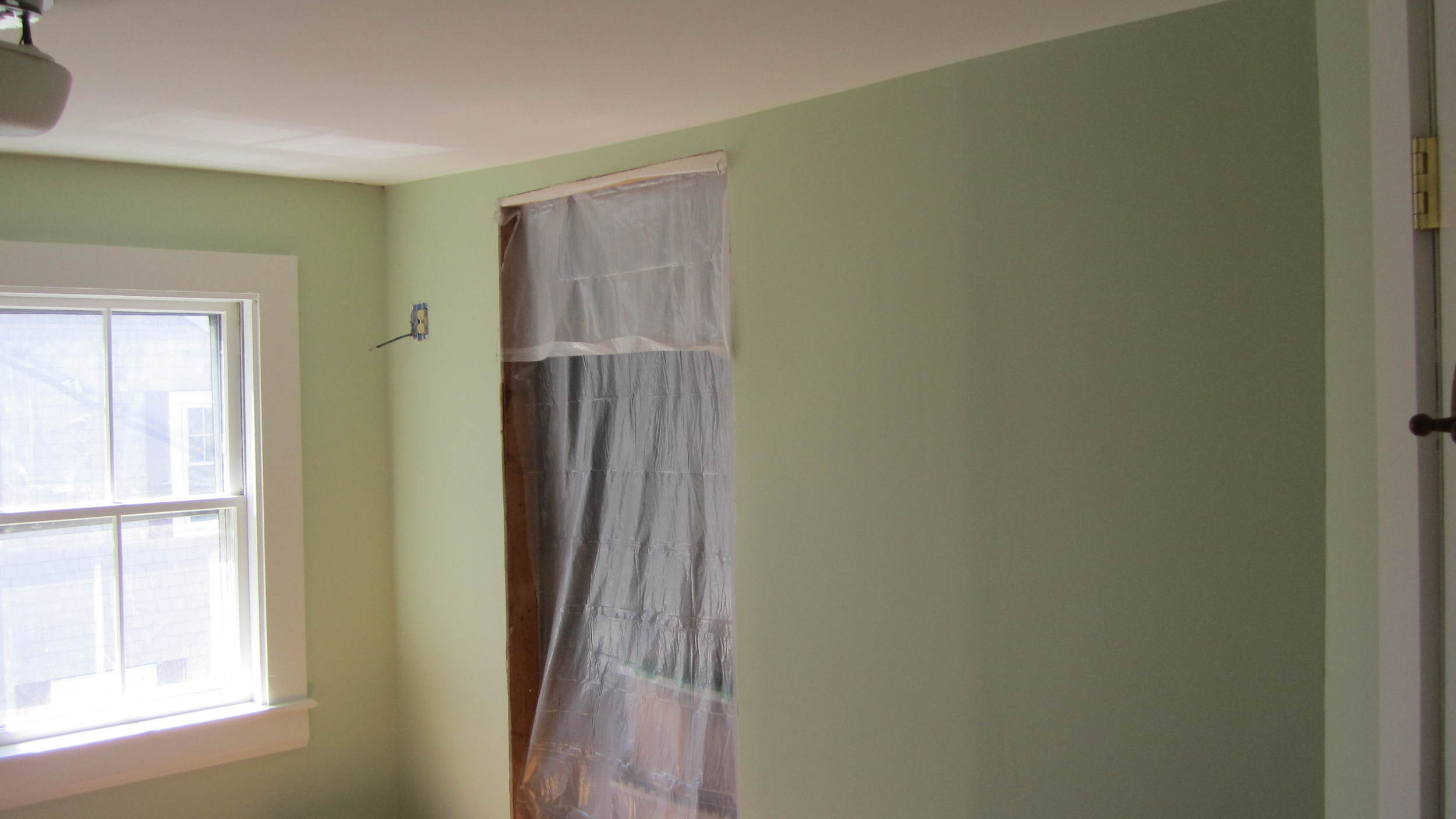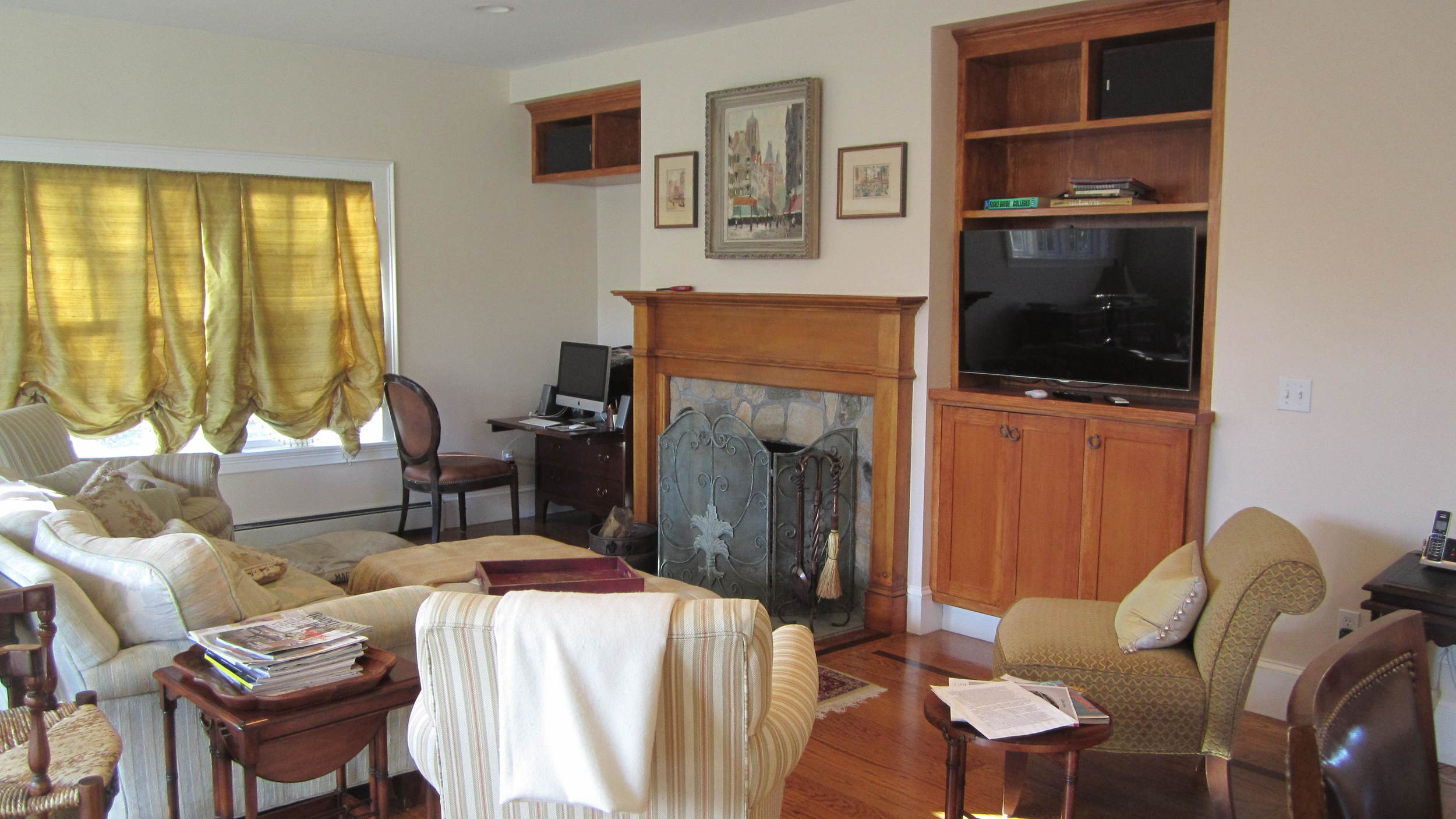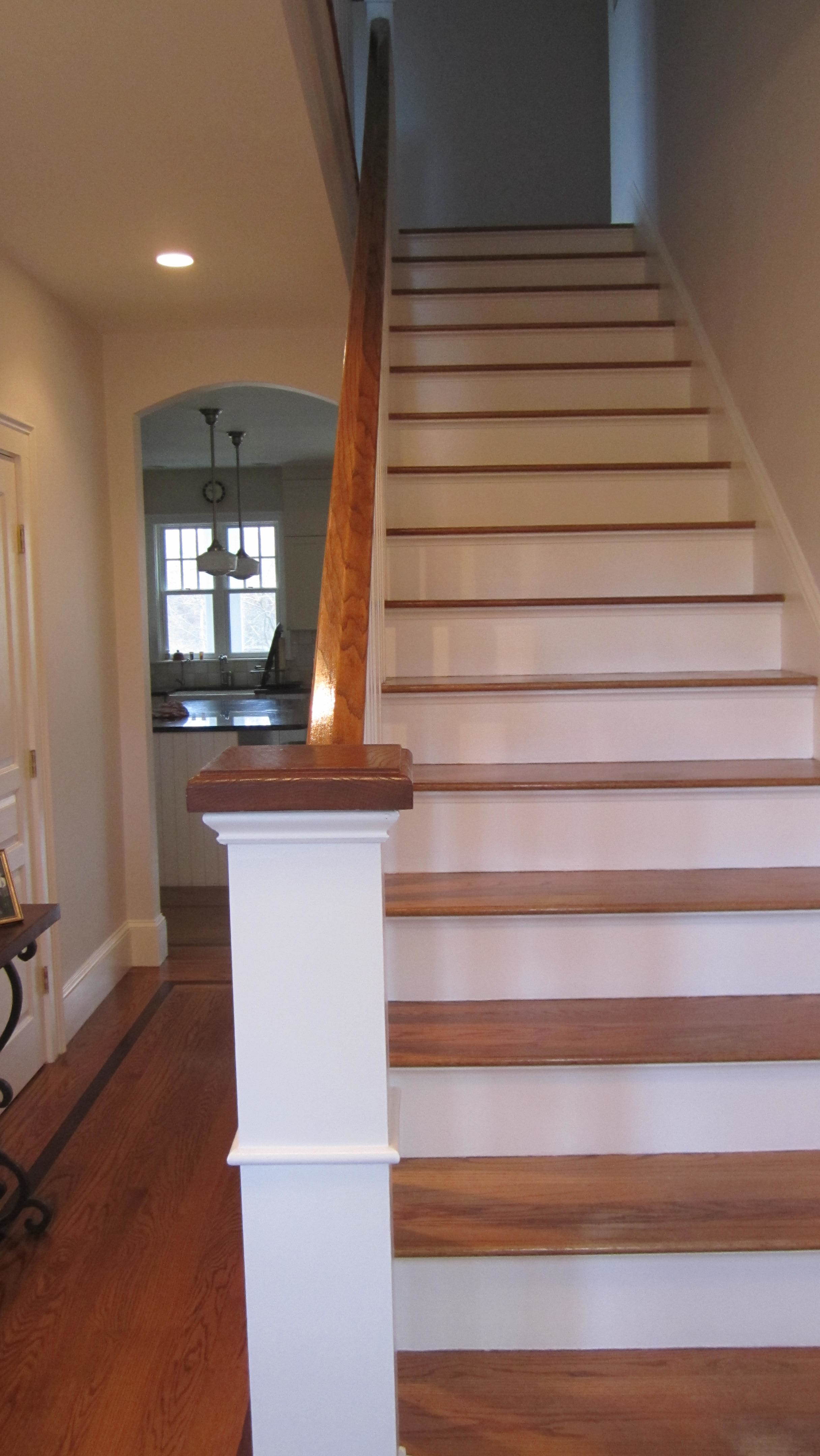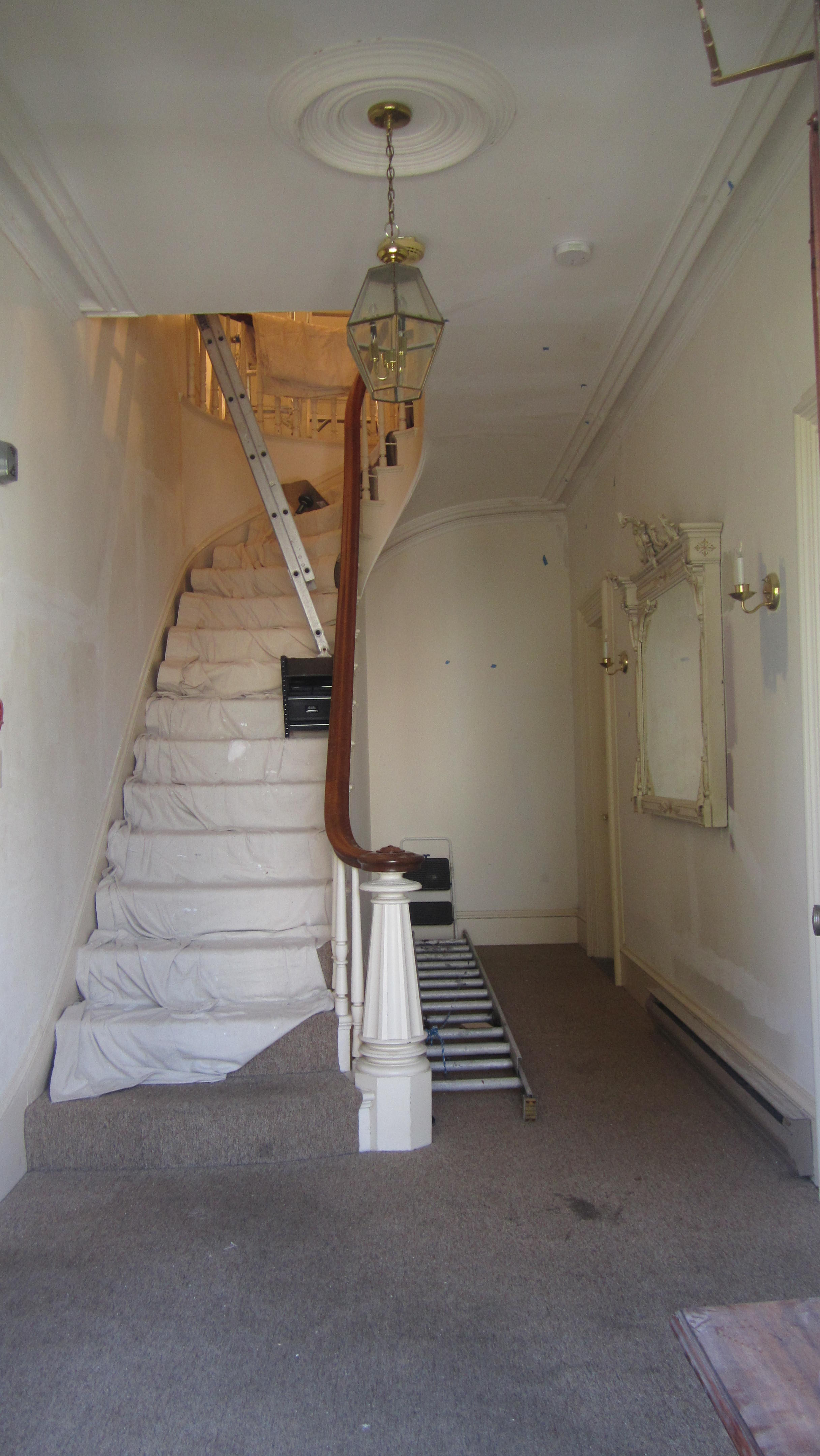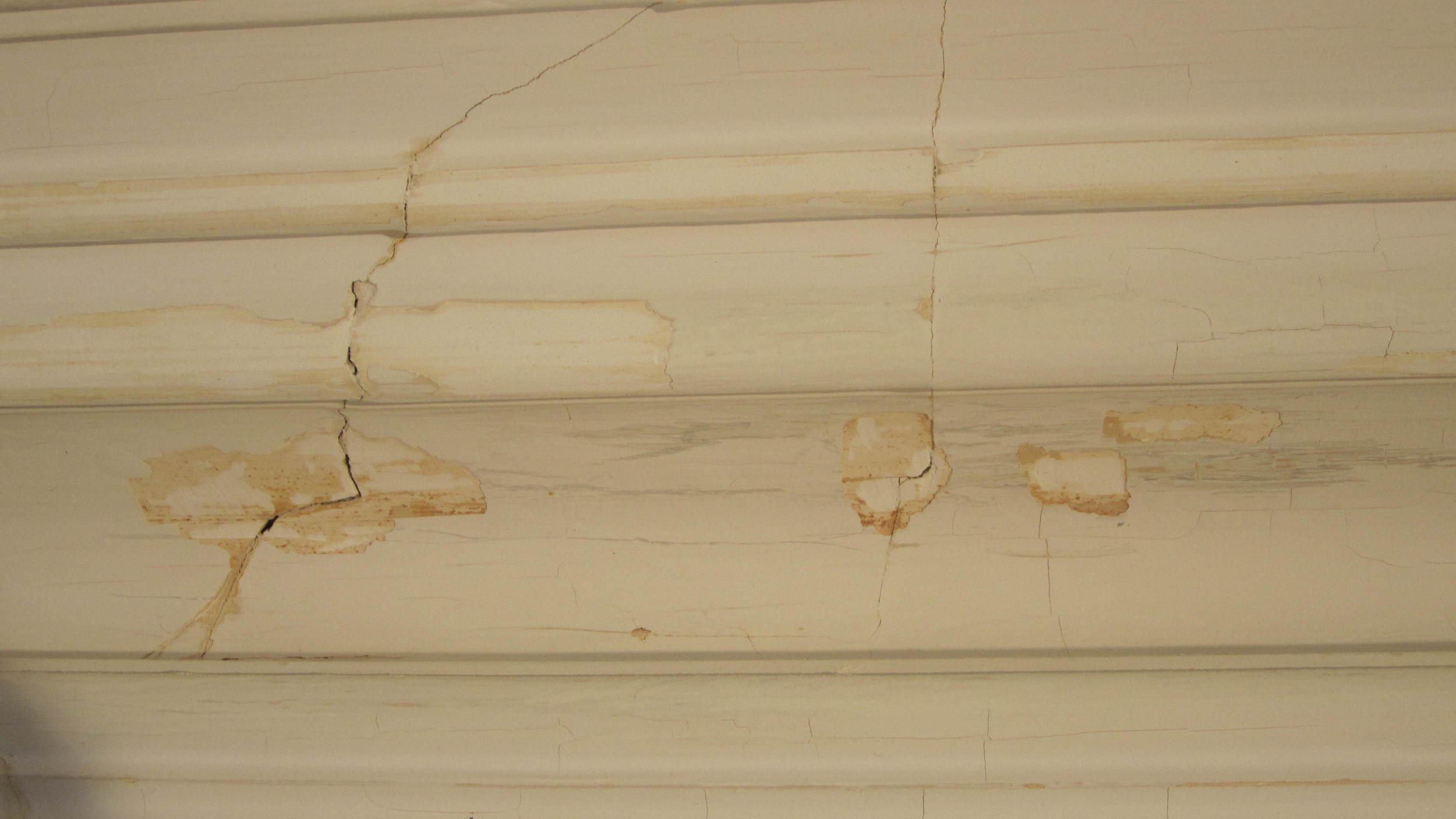If you are like most Americans you want to get the job done as quickly as possible. But, if you recently had a new deck built or trim installed using Pressure Treated Wood you need to curtail your urge to get the job done.
First thing that you should know is that a lot of pressure treated wood is Southern Yellow Pine, which is not the best at holding paint, and pressure treated wood really is not meant to be painted.
Next, if you do decide to paint or stain, you have to wait until the wood is dry. Pressure treated wood is wet 99% of the time when it is installed. And, the best way that I have read to explain the issue with painting or staining wet wood used a sponge analogy. So here we go. Think of the wood as a sponge. When you paint the first layer of paint, which is hopefully a primer, this paint is absorbed by the wood. This is much more true when using a penetrating stain. If the wood is wet it cannot absorb the paint. Instead it dries on top of the wood with very little, if any adhesion. Thus, in a very short time frame you will have paint failure.
Your best bet is to wait six months. Or, if you own a moisture meter, the moisture level should be 14% or less.
If you do decide to use a paint or a solid stain, than it is best to use a long drying oil primer, but not on the decking (see below for more). Oil primers penetrate into the wood more than acrylic paints, and the longer that the primer has to dry the more it will penetrate. Also, oil primers will block knots from bleeding trough the paint. You might need to prime the knots twice to ensure that they do not come through. There is a caveat… If you do decide to use a paint or solid stain, do not prime the decking. Primers are more brittle than stains and paints and are not meant to be used on decking. If you do decide to go with a paint on the decking use a floor/patio paint. They have a flat sheen. You do not want to use a paint that is not flat on a walking surface due to the possibility of getting a slick surface when it gets wet. They are also self-priming (but always make sure you read the label to ensure that you have a self-priming paint…in not go with another brand).
If you have a deck that is less than four feet from that ground, you should not use a sold , such as a paint our solid stain on the decking. In order for the stain/paint to adhere to the decking properly the wood must be able to breath. Decks too close (4 feet or less) to the ground cannot breath properly when covered with a solid, and the stain/paint will fail prematurely.










































